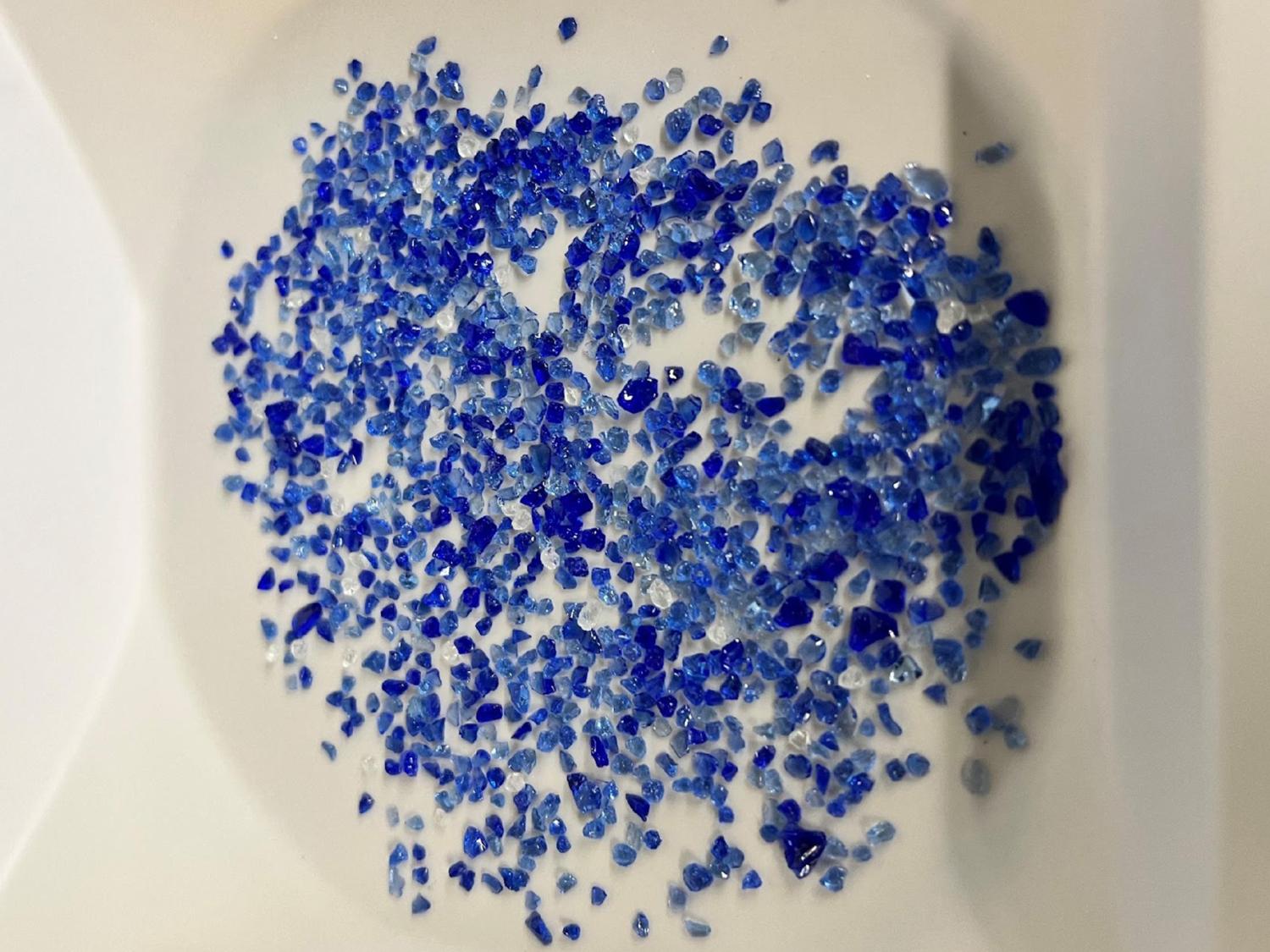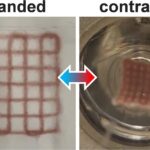2024-07-22 ペンシルベニア州立大学(PennState)

<関連情報>
- https://www.psu.edu/news/earth-and-mineral-sciences/story/message-bottle-combining-mixed-color-glass-option-boost-recycling/
- https://ceramics.onlinelibrary.wiley.com/doi/10.1002/ces2.10217
ソーダ石灰ケイ酸塩ガラス瓶の特性評価でリサイクル努力を支援 Characterization of soda–lime silicate glass bottles to support recycling efforts
Katy S. Gerace, John C. Mauro
International Journal of Ceramic Engineering & Science Published: 24 April 2024
DOI:https://doi.org/10.1002/ces2.10217

Abstract
In 2022, 150 million tons of glass was produced globally, and approximately 47% of that amount was glass hollowware for tableware and food, beverage, and cosmetics packaging. Glass is considered one of the most recyclable materials as its properties and performance do not degrade upon reheating and reforming; yet only 21% of global production is recycled. The most recycled type of glass is soda–lime silicate bottle glass based on its widespread availability and its ability to accommodate higher levels of contamination compared to flat glass and specialty glass. Bottle glass manufacturers melt glass batch that is 10%–60% recycled glass cullet, limited only by the availability of pristine glass cullet that is free of contaminants such as plastic, metal, and organic material. Increasing rates of recycled content in glass manufacturing is stymied by the lack of a supply chain to deliver high quality glass cullet to manufacturers, as well as risk of material incompatibility and contamination. In this work, post-consumer glass bottles of different colors, shapes, and brands were analyzed for chemical composition and thermal properties to quantify variation across five major color families: clear, blue, amber, forest green, and emerald green. This work shows that post-consumer bottles of different colors and brands can be remelted without risk of material incompatibility and presents various processing methods to control color homogeneity in glass produced exclusively from mixed color cullet from recycled glass bottles.



